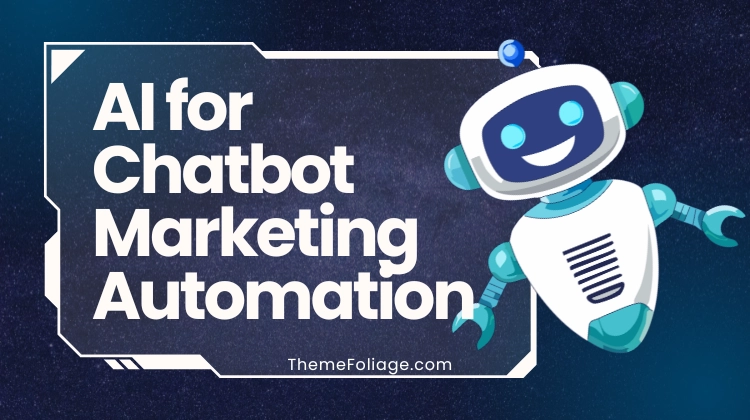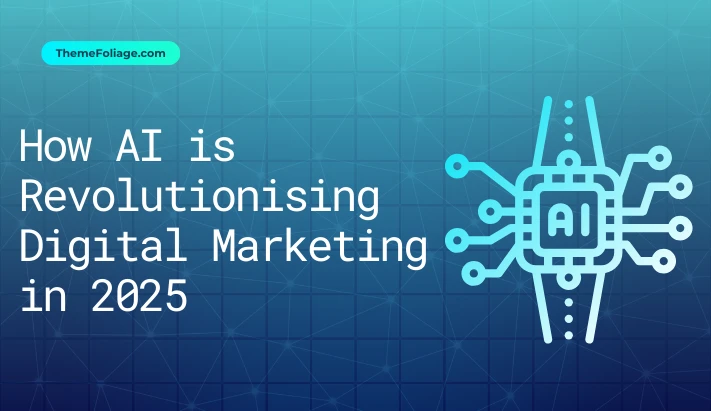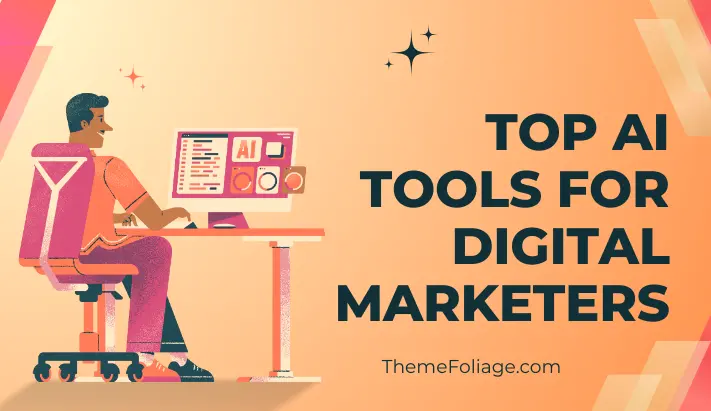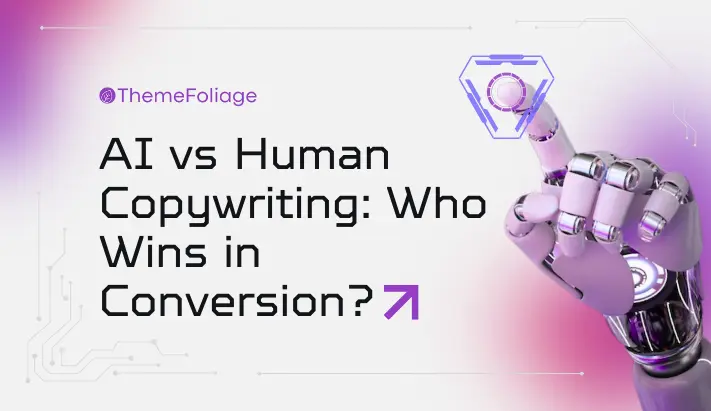By 2025, waiting hours or days for a response will feel archaic. Modern buyers expect instant answers—on your website, in your app or through messaging channels.
AI-powered chatbots step in as round-the-clock ambassadors, handling lead capture, product recommendations, FAQs and support escalations without a human in sight.
The result? Faster response times, more qualified leads and a frictionless customer experience that fuels growth.
Core AI Capabilities Powering Chatbot Automation
Natural Language Understanding (NLU)
Interprets intent, identifies entities and handles variations in phrasing and slang across 30+ languages.
Dynamic Dialogue Management
Adapts conversation flows in real time based on user responses, context and sentiment.
Integrated Knowledge Bases
Connects to your CMS, FAQ repository, product catalogue and CRM to surface accurate answers and route data.
Intent-Driven Lead Capture
Qualifies visitors with custom questions, scores them by fit, and pushes high-intent contacts directly into your CRM or ESP.
Omnichannel Deployment
Supports web chat, Facebook Messenger, WhatsApp, SMS and in-app messaging from a single AI brain.
Self-Learning & Analytics
Continuously improves intent classification and suggests new responses by analysing conversation logs and user feedback.
High-Impact Use Cases
On-Site Lead Qualification
Automate discovery calls by pre-qualifying prospects on your homepage, then booking meetings with top-fit leads.
Instant Support & Ticket Deflection
Resolve common issues in real time, order status, returns, troubleshooting, freeing up support staff for complex cases.
E-commerce Upsell & Cross-Sell
Personalise product recommendations in chat based on browsing history and purchase patterns.
Event & Webinar Registration
Guide visitors through event sign-up, deliver calendar invites, and send reminder notifications automatically.
Content Personalisation
Suggest blog posts, videos or resources tailored to a user’s industry, role and behaviour without manual tagging.
Feedback Collection & NPS Surveys
Trigger post-interaction surveys inside chat to measure satisfaction and capture testimonials.
Recommended Platforms (verify pricing)
| Tool | Key Functionality |
|---|---|
| Drift | B2B conversational playbooks; account-based routing |
| Intercom | Custom bots, Article bot for knowledge base integration |
| ManyChat | Omnichannel chat flows for Facebook Messenger & WhatsApp |
| Ada | No-code bot builder; advanced NLU and self-learning |
| Chatfuel | Template-driven bots for e-commerce and lead gen |
| HubSpot Chatbot | CRM-native bots with ticketing and meeting scheduling |
| LivePerson | AI and human handoff; sentiment analysis |
Implementation Roadmap
- Define Objectives & Use Cases: Prioritise critical workflows, lead gen, support deflection or product recommendations, and set clear success metrics.
- Audit Existing Content & Tools: Gather FAQs, knowledge-base articles, personas and CRM fields to feed into your chatbot’s knowledge graph.
- Build Initial Bot Flows: Design conversation maps for your top use cases. Keep each flow under five steps to minimise drop-off.
- Train NLU Models: Label sample intents and utterances; test with real users to refine accuracy. Include negative testing for out-of-scope queries.
- Launch a Pilot on One Channel: Roll out on your website or primary messaging platform. Monitor engagement, fallback rates and lead volume.
- Integrate with CRM & Analytics: Sync captured leads, conversation tags and satisfaction scores to your CRM, ESP and BI tools for end-to-end visibility.
- Iterate and Scale: Use conversation analytics to spot gaps, add new intents, and expand to additional channels. Retrain models monthly.
Metrics That Matter
- Response Time: average time to first bot reply.
- Intent Recognition Accuracy: percentage of correctly classified user queries.
- Lead Capture Volume & Quality: number of qualified leads and average lead score.
- Conversation Completion Rate: sessions that reach a successful outcome vs. drop-offs.
- Support Deflection Rate: percentage of inquiries resolved by bot vs. escalated.
- Customer Satisfaction (CSAT): post-chat survey scores and NPS.
Common Pitfalls and How to Avoid Them
- Overloading Workflows: Avoid building complex, multi-branch dialogues. Start simple and layer on complexity once baseline performance is solid.
- Neglecting Handoff Paths: Always provide a clear option to escalate to a human agent when the bot can’t resolve an issue.
- Insufficient Training Data: Collect real-world chat logs early and use them to continuously expand your intent library and improve NLU.
- Ignoring Tone & Brand Voice: Tailor greetings, prompts and error messages to match your brand personality—bots that sound robotic drive users away.
- Failure to Localise: Adapt prompts, date formats, examples and regional slang for each market to ensure relevance and clarity.
Final Thoughts
AI for chatbot marketing automation bridges the gap between instant engagement and personalised experiences at scale.
By deploying intelligent, self-learning bots across web and messaging channels, you capture more leads, deflect support tickets and deliver 24/7 value without bloating headcount.
Start with one high-impact use case, measure your core KPIs and iterate rapidly, then expand your bot ecosystem to cover every stage of the customer journey. In 2025, conversational AI isn’t a novelty; it’s a fundamental pillar of modern marketing.



